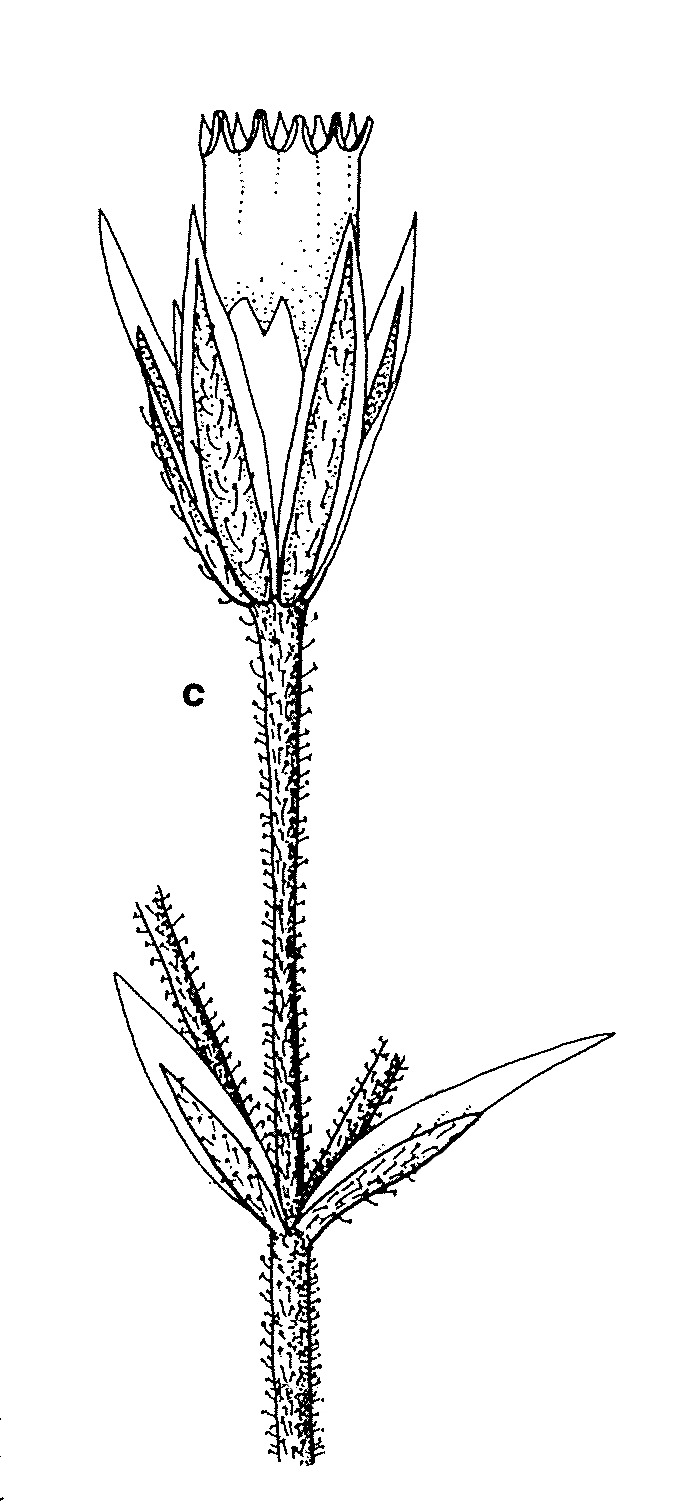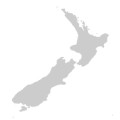Cerastium semidecandrum
L. Little Mouse-ear ChickweedAnnual (?or biennial) with slender taproot; hairs glandular and eglandular. Stems erect or ascending from leafy rosette, 1–20 cm long. Leaves 5–18 mm long, 3–5(–7) mm wide; lower leaves oblanceolate, petioles to 5 mm long; upper leaves sessile, broadly ovate-elliptic. Inflorescence lax, few-flowered; bract margins broadly scarious. Flowers 5-merous; fruiting pedicels longer than capsule, at first deflexed, later erect; calyx glandular-pilose, sepals ovate, 2.5–5 mm long, acute, margins narrowly to broadly scarious; petals slightly to one-third shorter than sepals, emarginate, rarely bifid; styles 5. Capsule slightly curved, 4.5–7 mm long; seeds pale yellowish-brown, finely but bluntly tuberculate, 0.4–0.5 mm diam. Flowers Oct.
LoM, Wim, GleP, VVP, MuF, GipP, OtP, Gold, CVU, NIS, EGU, HSF, HNF, Strz, VAlp. Also naturalised SA, Tas. Native to Europe and western Asia. An apparently rare weed of disturbed soils.
The majority of literature records of 'Cerastium semidecandrum' for Victoria probably refer to the closely related C. balearicum.
Adams, L.G. (1996). Caryophyllaceae. In: Walsh, N.G.; Entwisle, T.J., Flora of Victoria Vol. 3, Dicotyledons Winteraceae to Myrtaceae, pp. 228–271. Inkata Press, Melbourne.
 Spinning
Spinning



